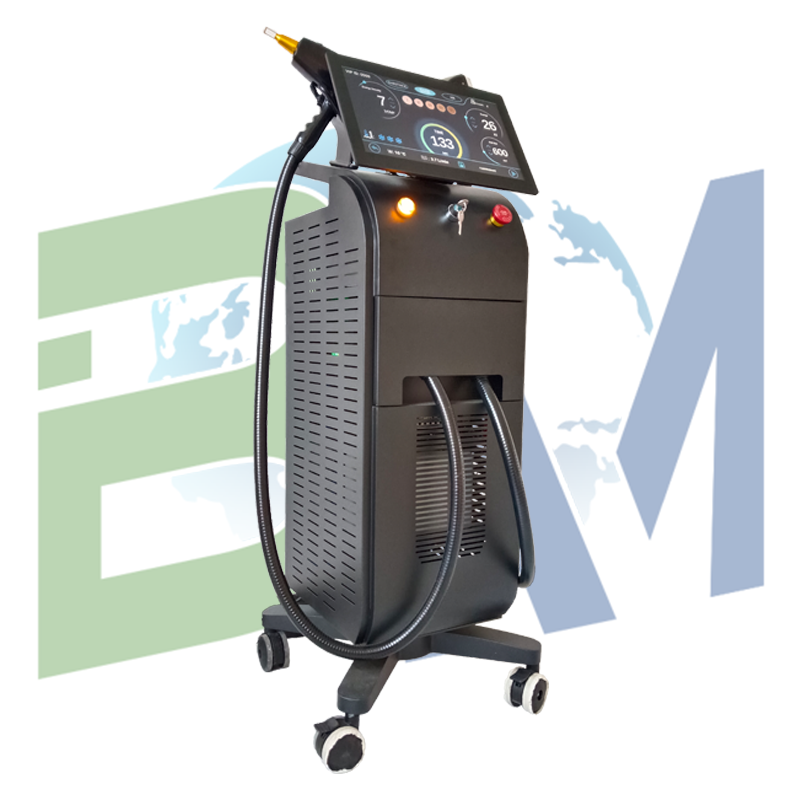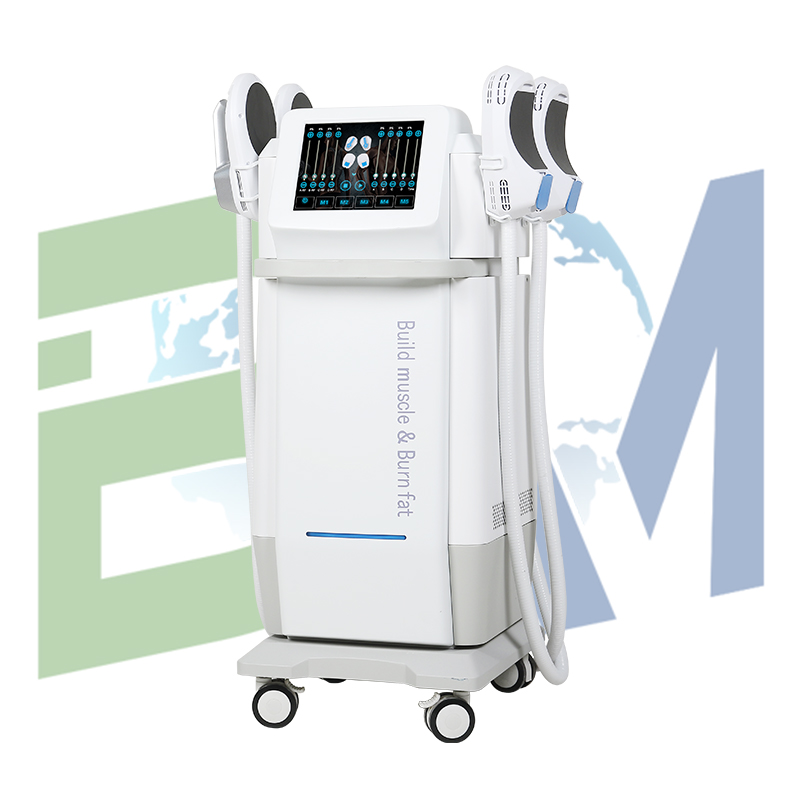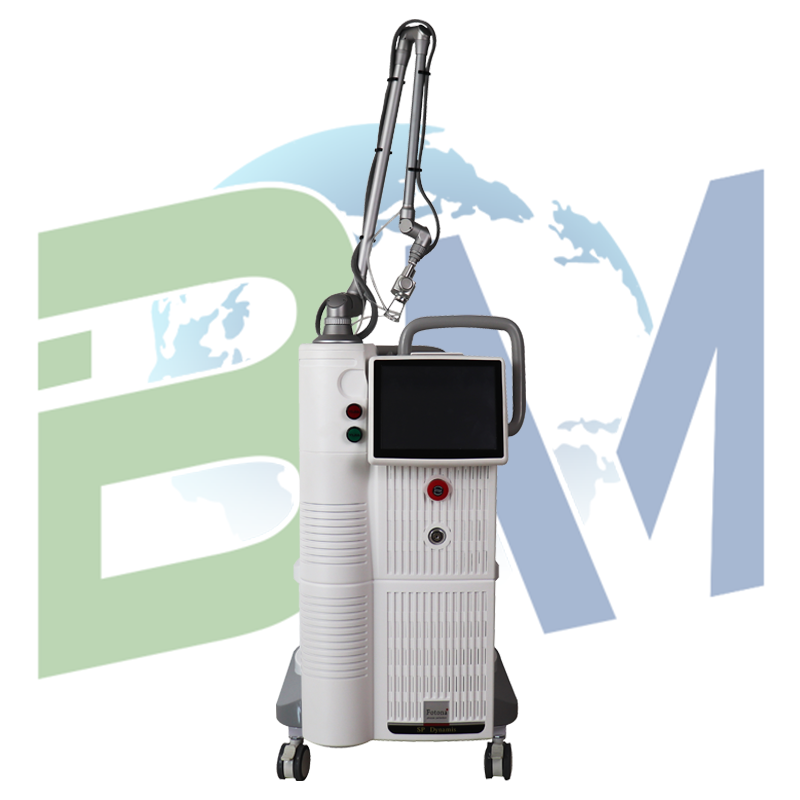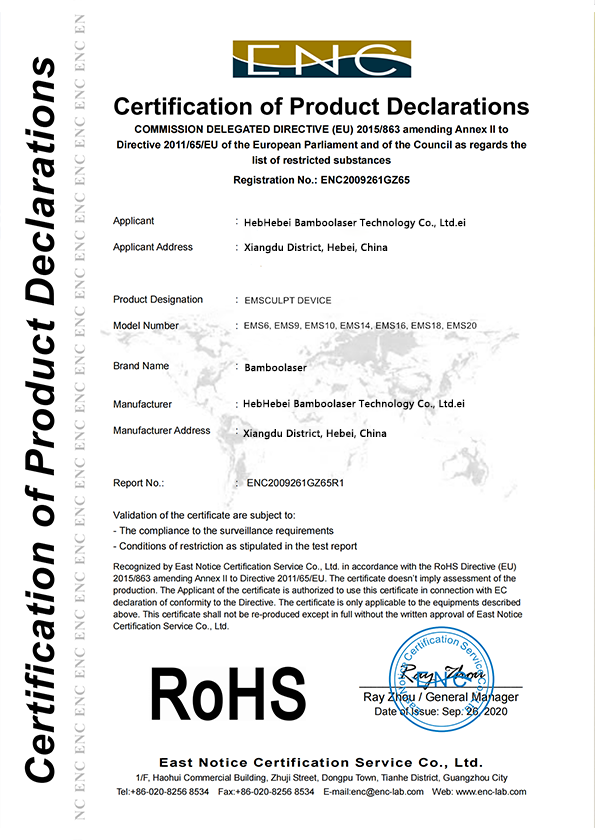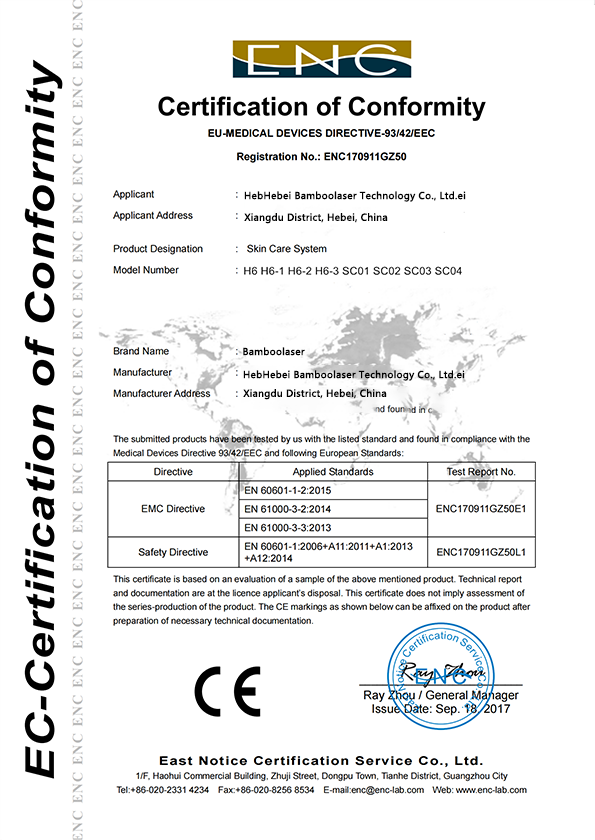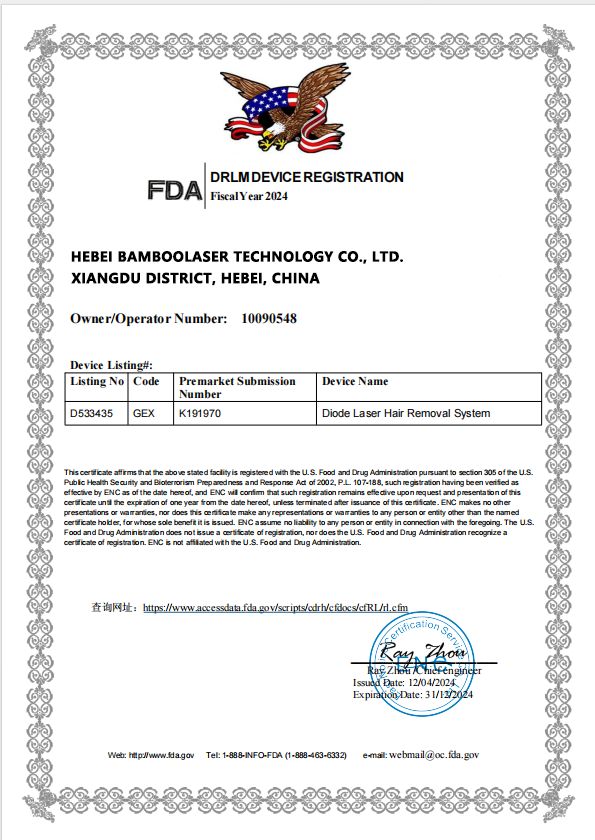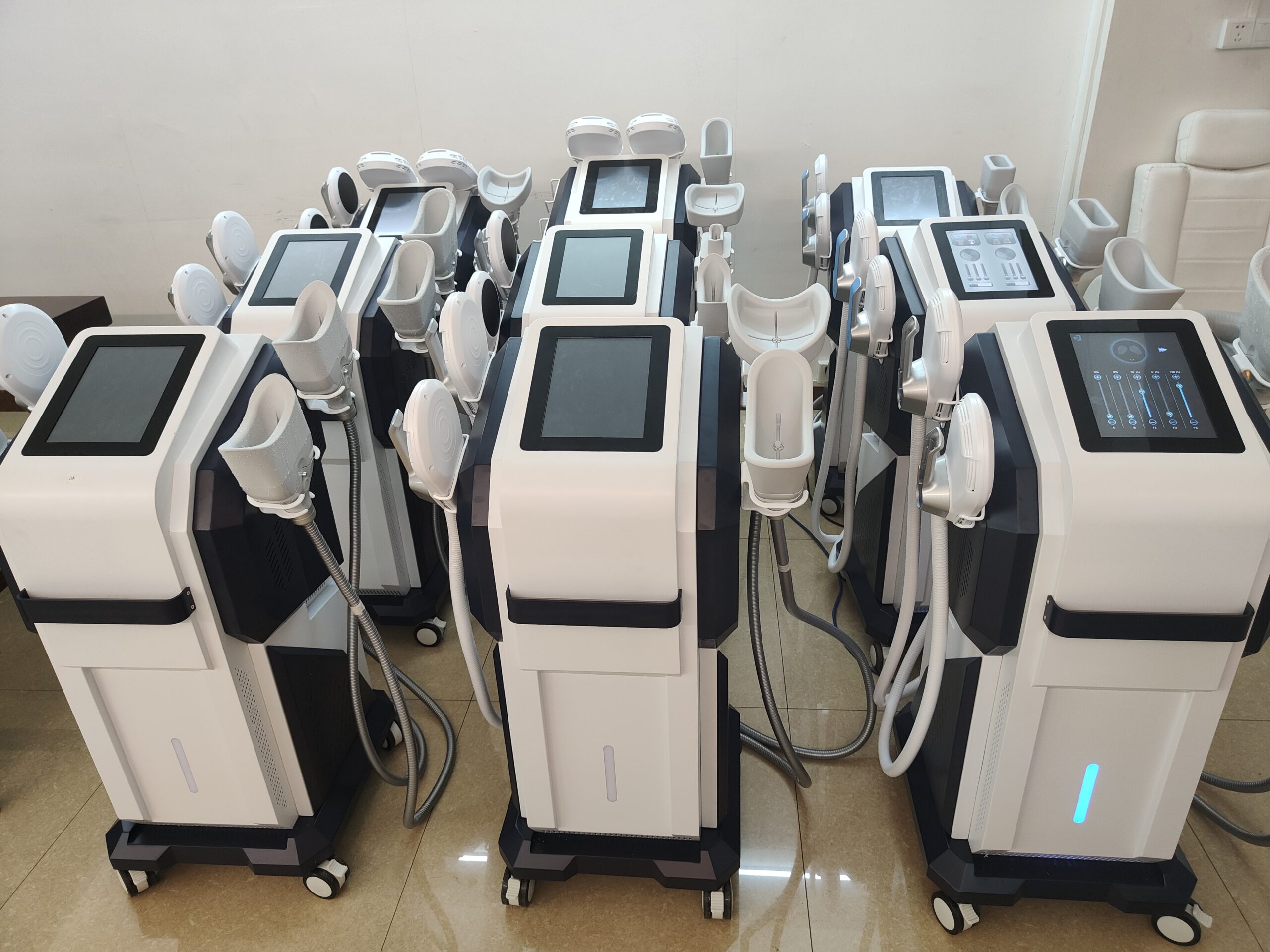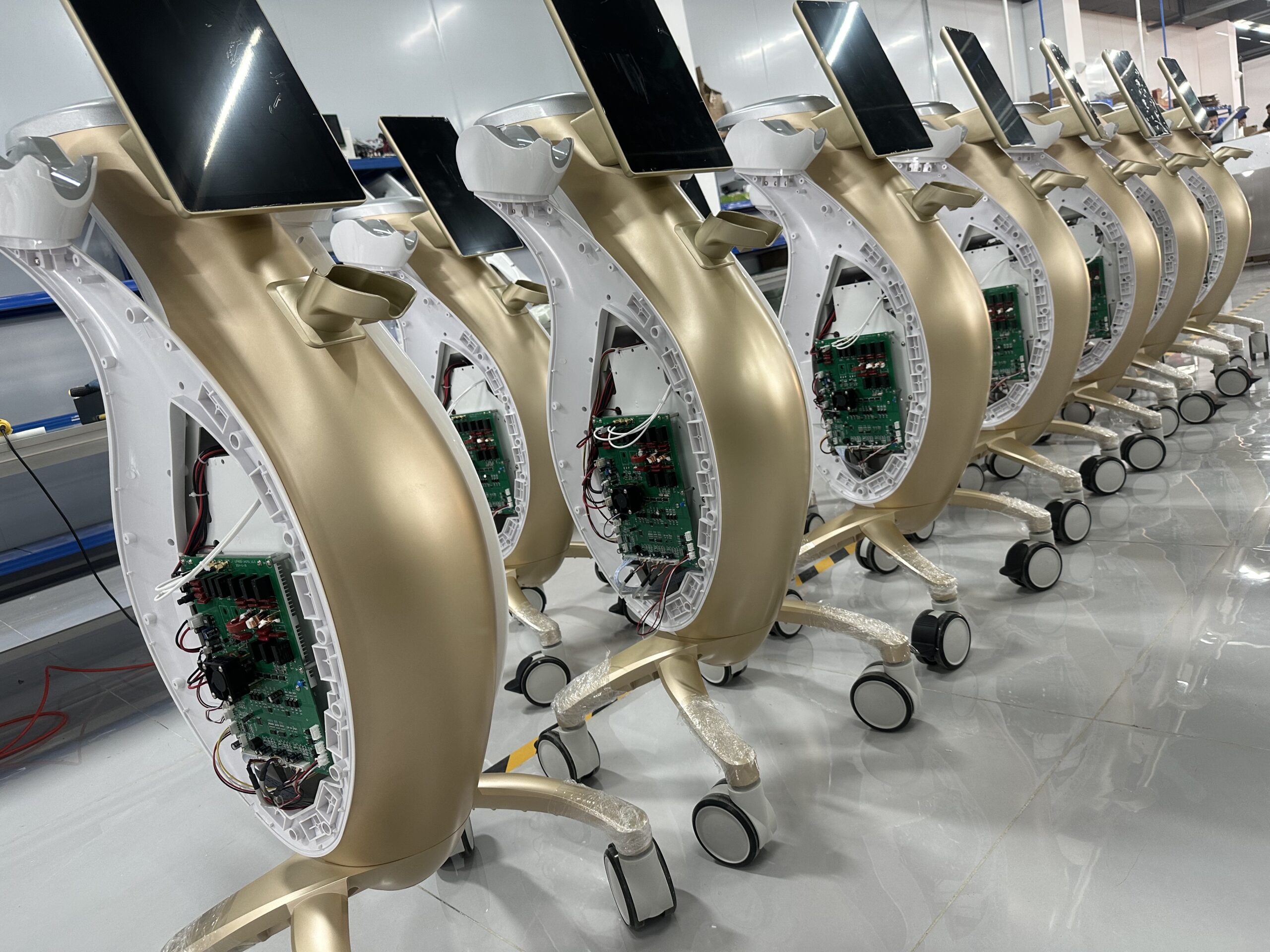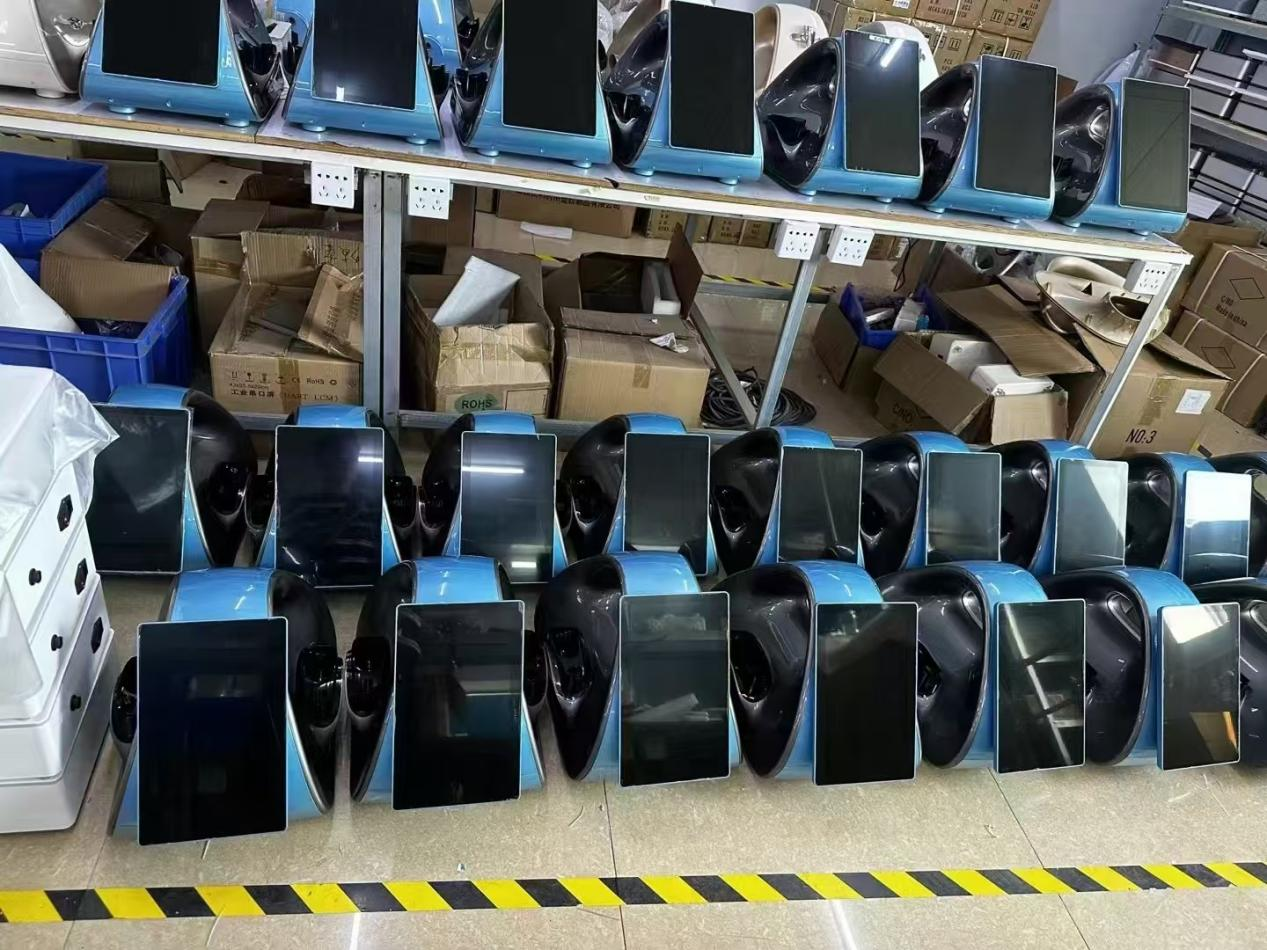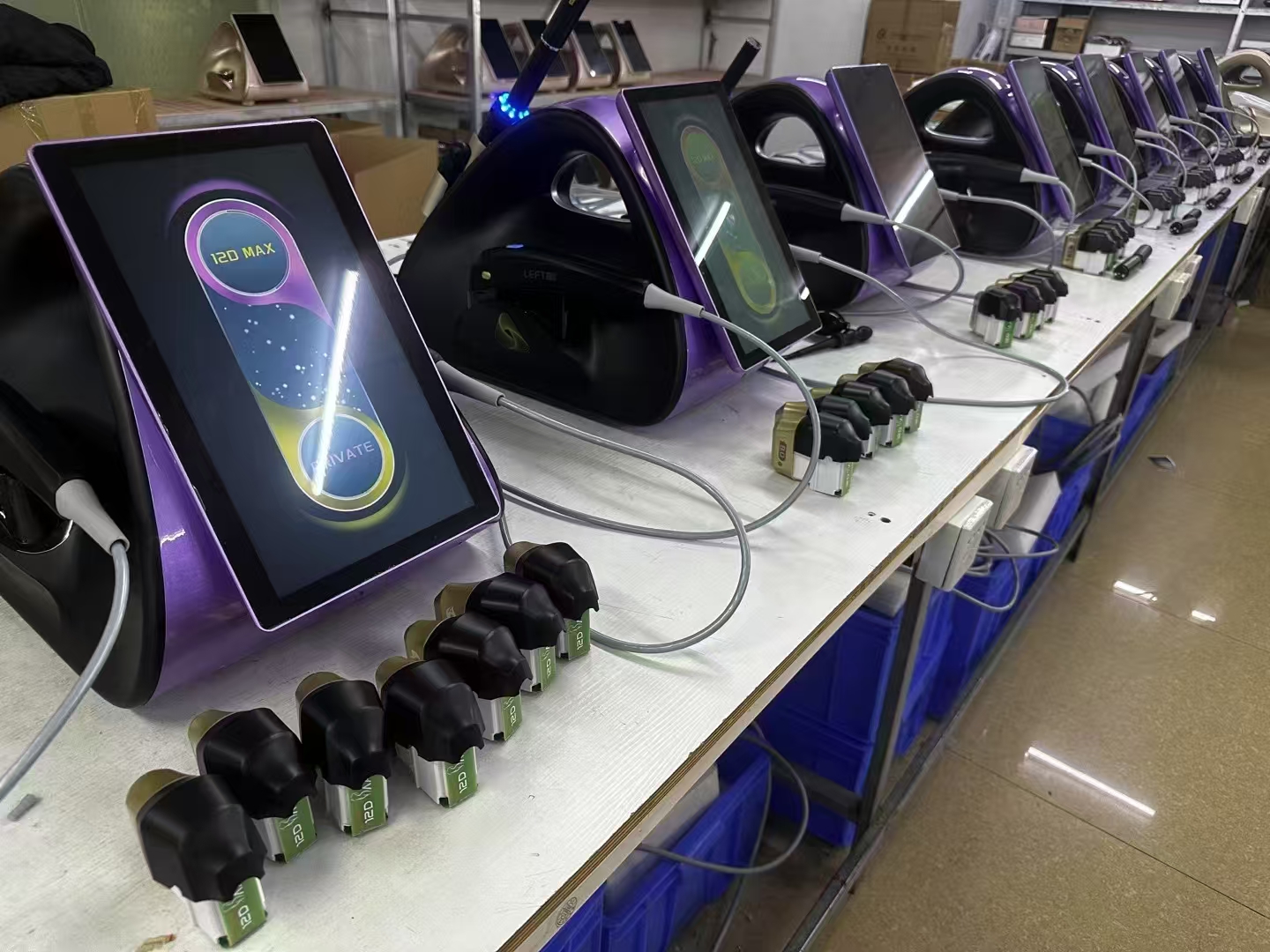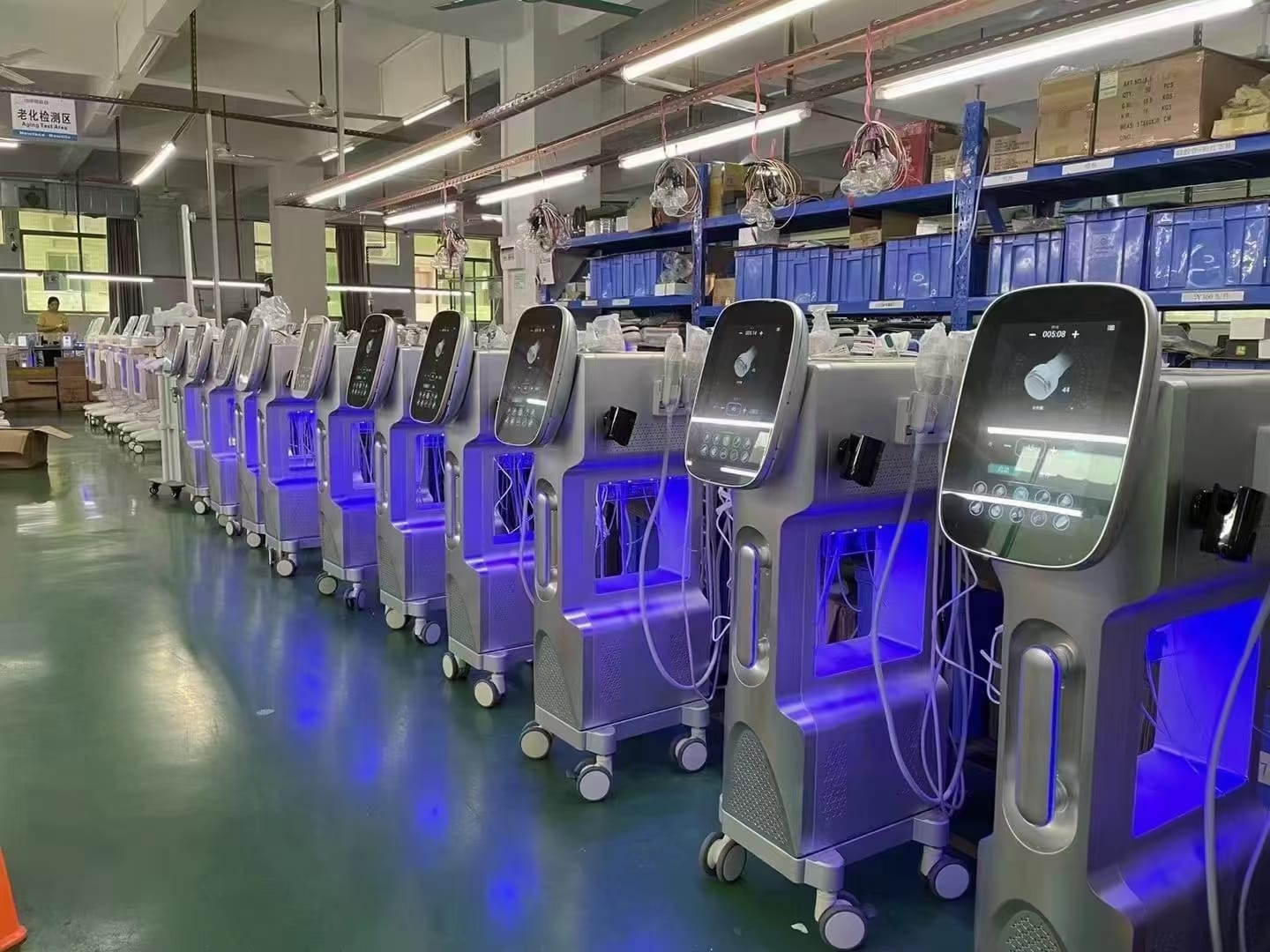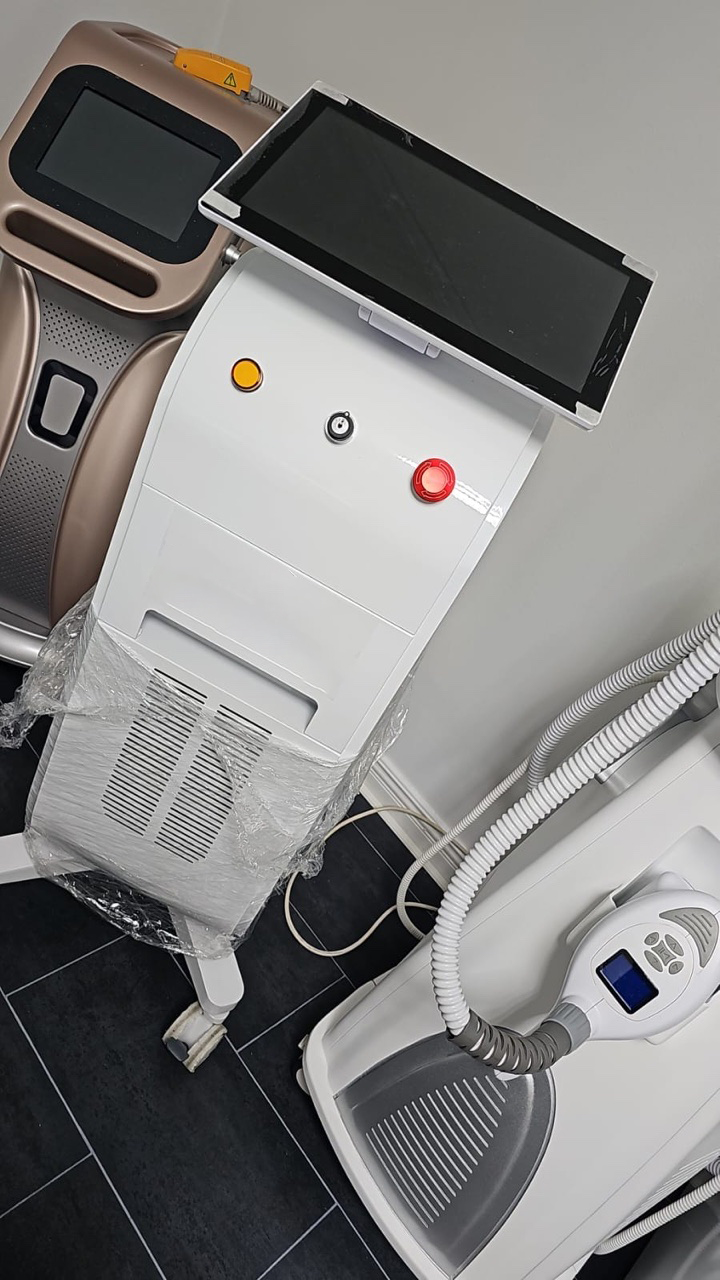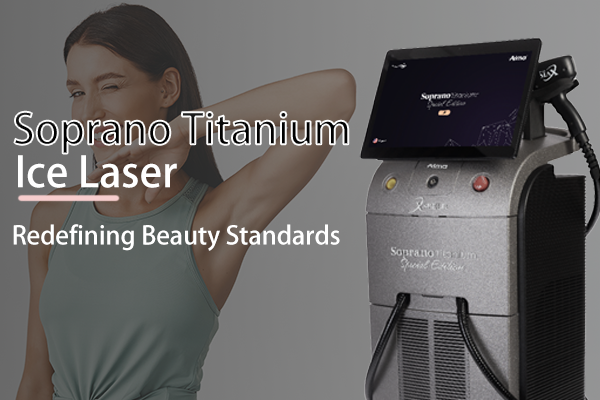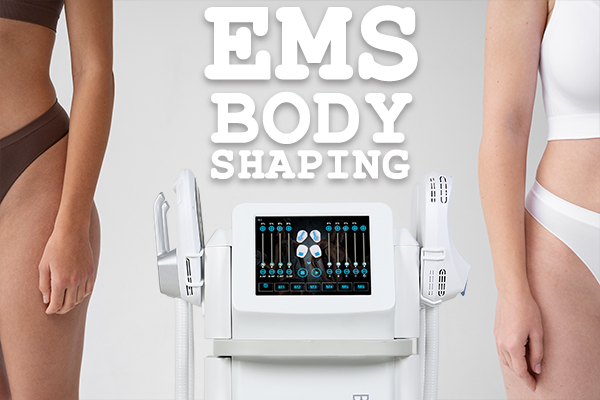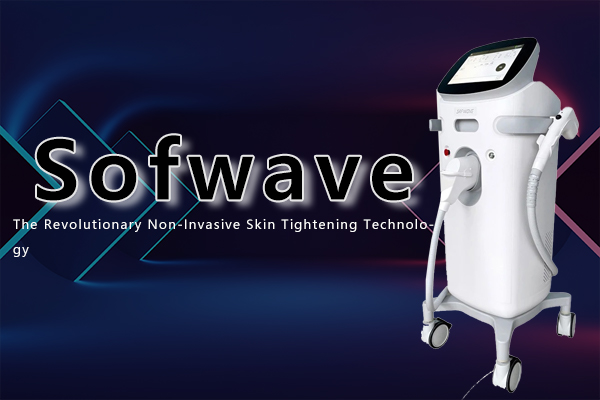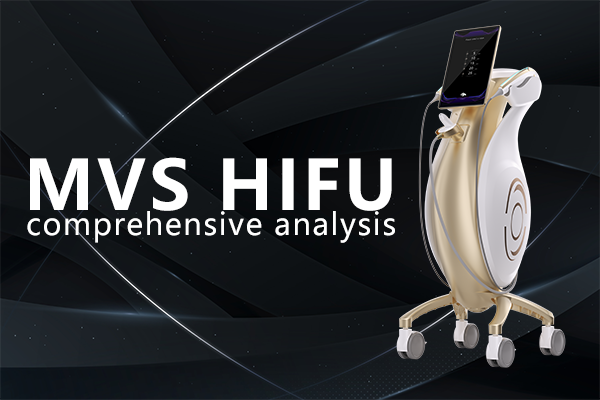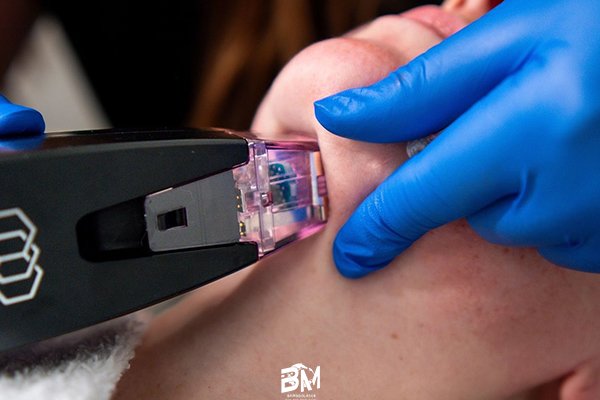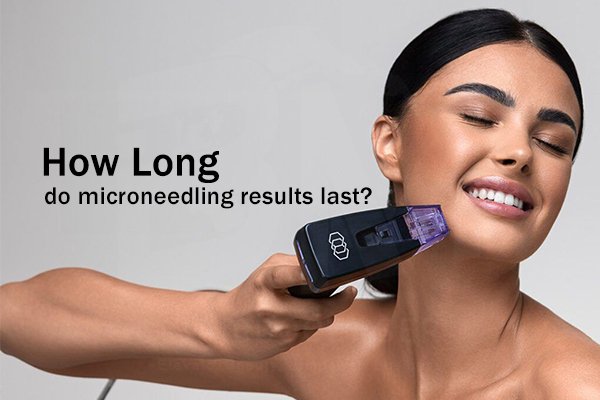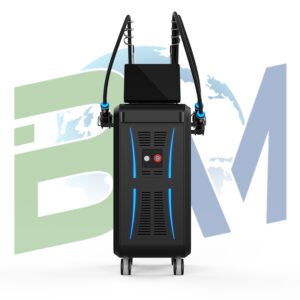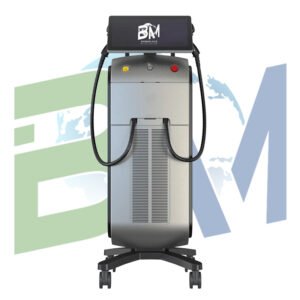I. Technical Principles and Aesthetic Applications
- Analysis of Technical Principles
The HIFU (High-Intensity Focused Ultrasound) machine is a beauty device that utilizes high-intensity focused ultrasound technology. Its core principle is to precisely focus ultrasound energy on specific target tissues in the deep layers of the skin, typically located in the dermis and the superficial muscular aponeurosis (SMAS) layer. When the ultrasound energy is focused at these target points, it instantly generates high temperatures of 60
°C to 70°C.
This immediate thermal effect causes collagen fibers in the target tissue to contract and denature. Simultaneously, this thermal stimulation activates the body’s own collagen regeneration mechanism, promoting the continuous generation and reorganization of new collagen, thereby achieving skin tightening, wrinkle reduction, and alleviation of skin sagging.
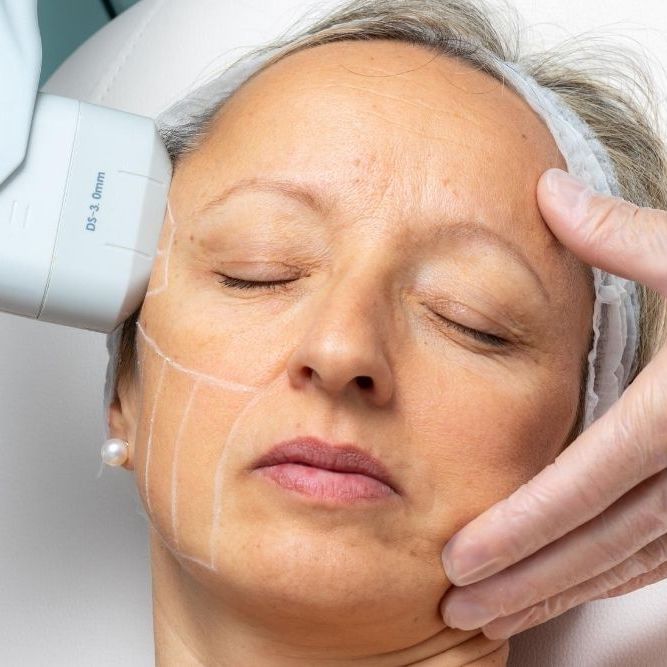
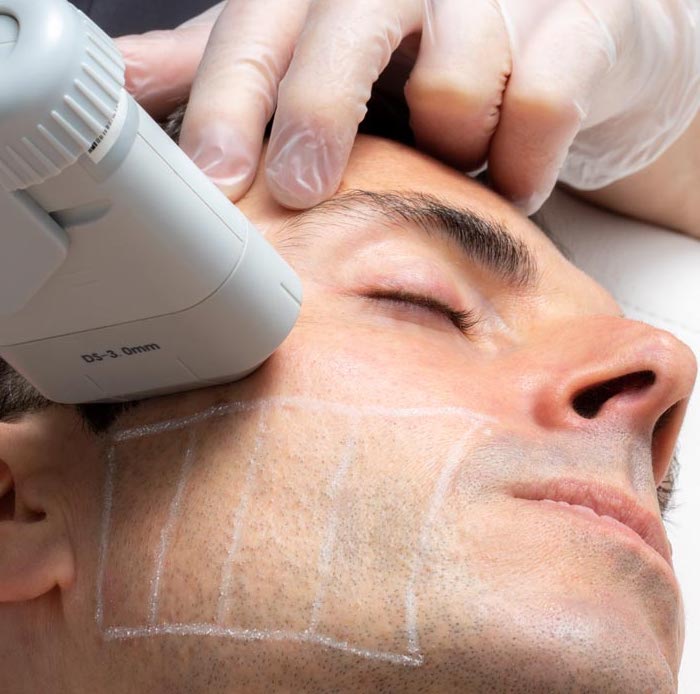
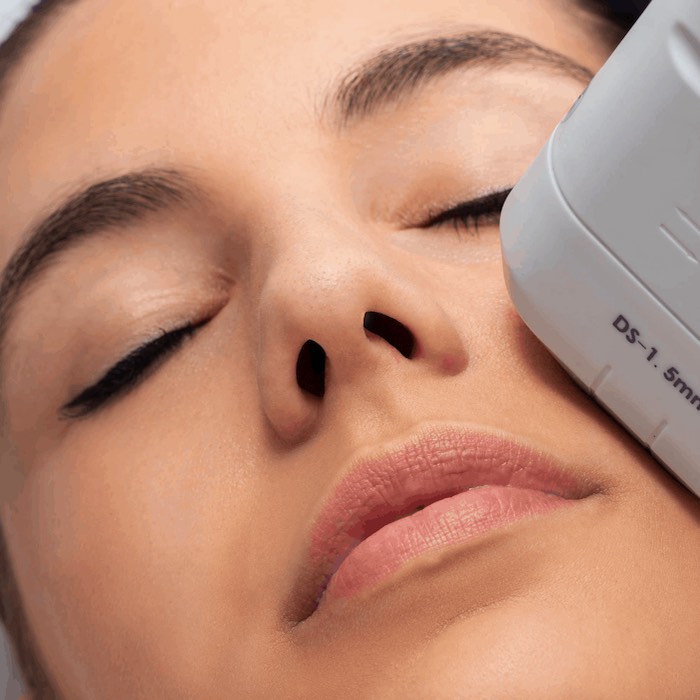
- Specific Applications in the Aesthetic Field
In facial aesthetics, the HIFU machine is widely used for facial contouring, skin tightening, and wrinkle removal. It can precisely act on different areas of the facial skin, including the forehead, eye area, cheeks, jawline, etc.
For example, for eye wrinkles, HIFU can stimulate collagen regeneration in the periocular skin through its precise energy control, effectively reducing the appearance of crow’s feet and enhancing the firmness of the periocular skin. Additionally, it can improve overall facial skin laxity, making the facial contour more Stereo and youthful.
In the field of body aesthetics, the HIFU machine also plays a significant role. It can be applied to skin tightening and shaping of multiple body parts, such as arms, abdomen, and thighs, which are prone to skin laxity.
By stimulating collagen production and reorganization in these areas, the skin becomes firm and elastic, improving skin laxity caused by aging or weight changes, and sculpting an ideal body silhouette.

II. Development Process and Market Status
- Review of Development Process
HIFU technology was initially developed in the early 1990s for the treatment of visceral organ cancers such as prostate cancer. As technology evolved and improved, its skin-improving effects were discovered, leading to its application in medical aesthetics in the mid-2000s. Since then, with increasing consumer demands for beauty effects and safety, HIFU machine technology has continuously innovated and improved, with enhancements in device accuracy, energy control, and treatment efficacy.
- Global market status
Globally, the application of HIFU machines in the field of beauty has been widely recognized, and the market has shown a steady growth trend. It is reported that the global high-intensity focused ultrasound Hifu treatment market is expected to grow to US$12.17 billion by 2032, with a compound annual growth rate of 20.74% during the forecast period.
In developed regions such as North America and Europe, the HIFU beauty market is relatively mature, with high consumer acceptance and continued growth in demand. In the Asia-Pacific region, especially in China, South Korea and other countries, the demand for HIFU beauty has risen rapidly, becoming an important growth point in the global HIFU beauty market.
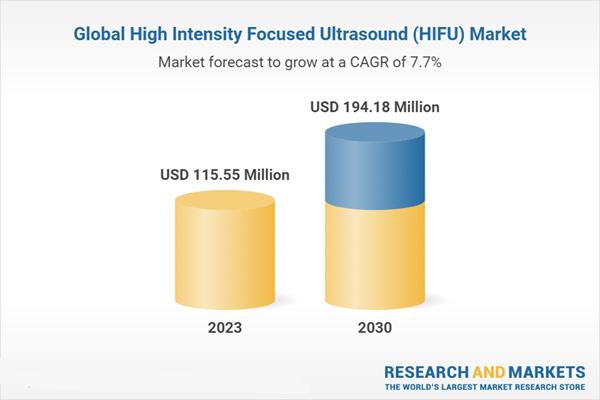
III. Positive Impacts on the Beauty Industry
- Enhancing Beauty Effects and Safety
As a non-invasive beauty technology, HIFU machines offer significant advantages over traditional surgical methods. They eliminate the risks associated with surgery, such as pain, bleeding, and infection, thereby enhancing safety.
By precisely delivering energy to deep skin layers, HIFU stimulates collagen regeneration for long-lasting beauty effects. Many patients experience continued skin tightening and wrinkle reduction in the months following treatment, providing a more satisfactory experience.
- Driving Beauty Industry Innovation
The emergence and development of HIFU machines have invigorated beauty industry innovation. The high-intensity focused ultrasound technology has achieved remarkable results in aesthetics and inspired new ideas for other beauty technologies.
Some manufacturers are combining HIFU with RF and laser technologies to develop more comprehensive and efficient devices. Additionally, the successful application of HIFU in aesthetics has prompted increased R&D investment in non-invasive beauty technologies, driving industry advancement.
- Expanding Beauty Markets and Consumer Groups
The widespread application of HIFU machines has created broader market opportunities. HIFU beauty projects attract consumers wary of traditional surgery, expanding the consumer base. These consumers prefer safe, non-invasive, and long-lasting methods, which HIFU satisfies. Moreover, HIFU applications are expanding beyond professional institutions to home care, with portable devices allowing consumers to perform simple skin care at home, further enlarging the HIFU beauty market.
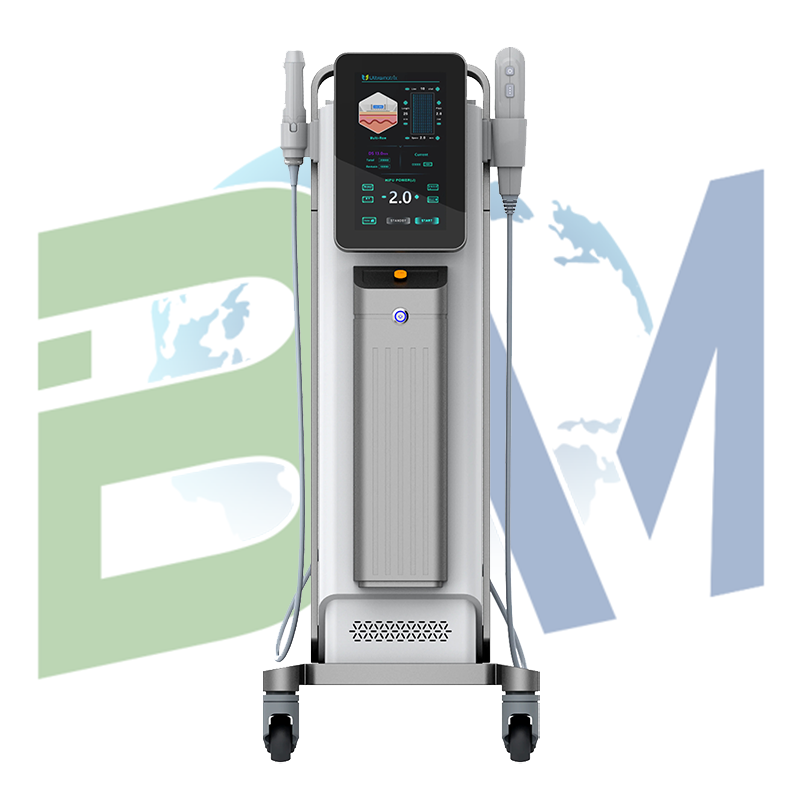
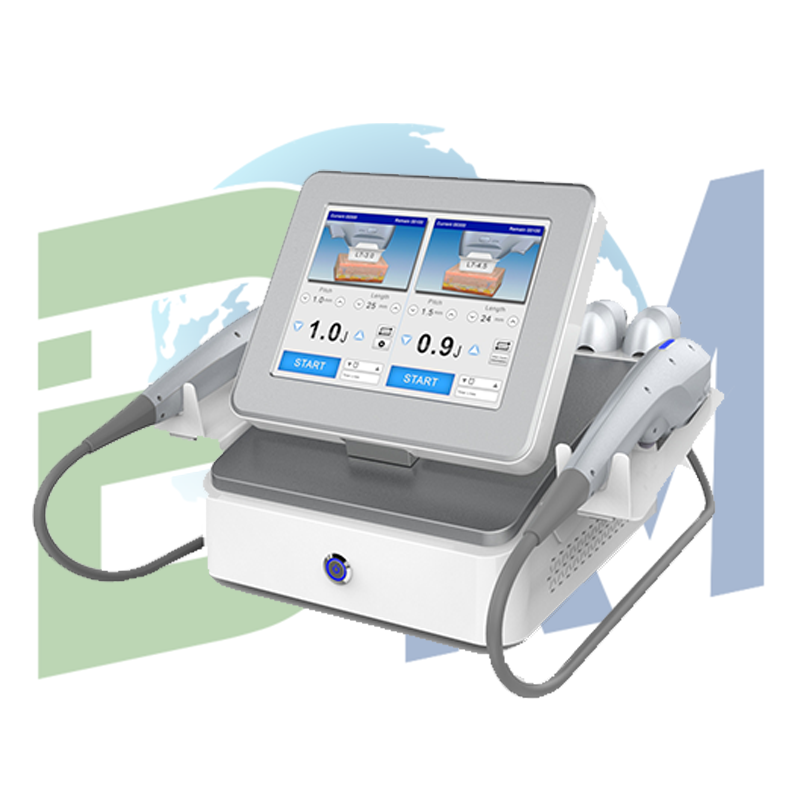
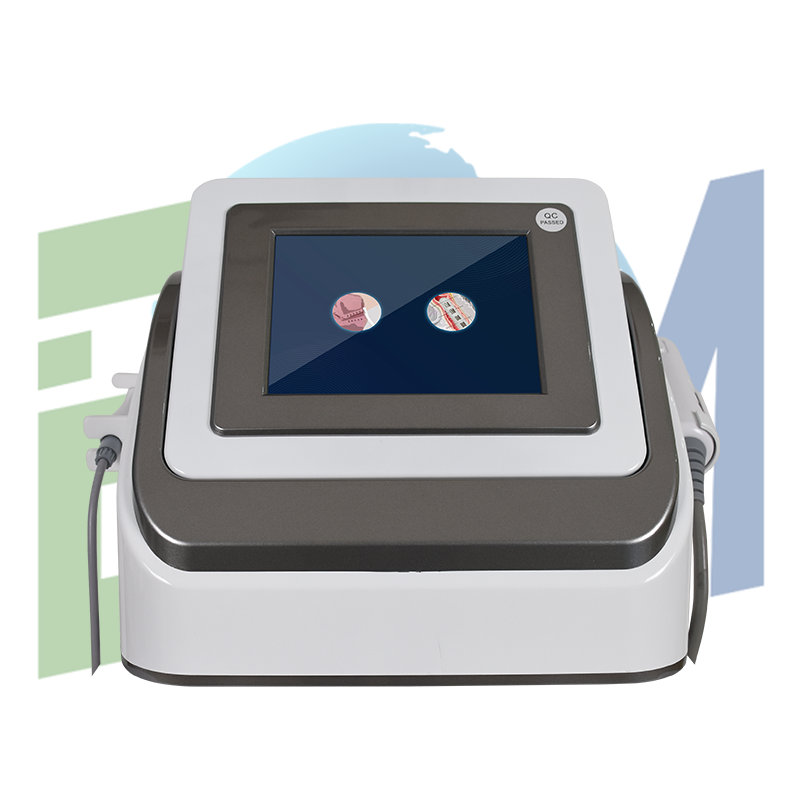

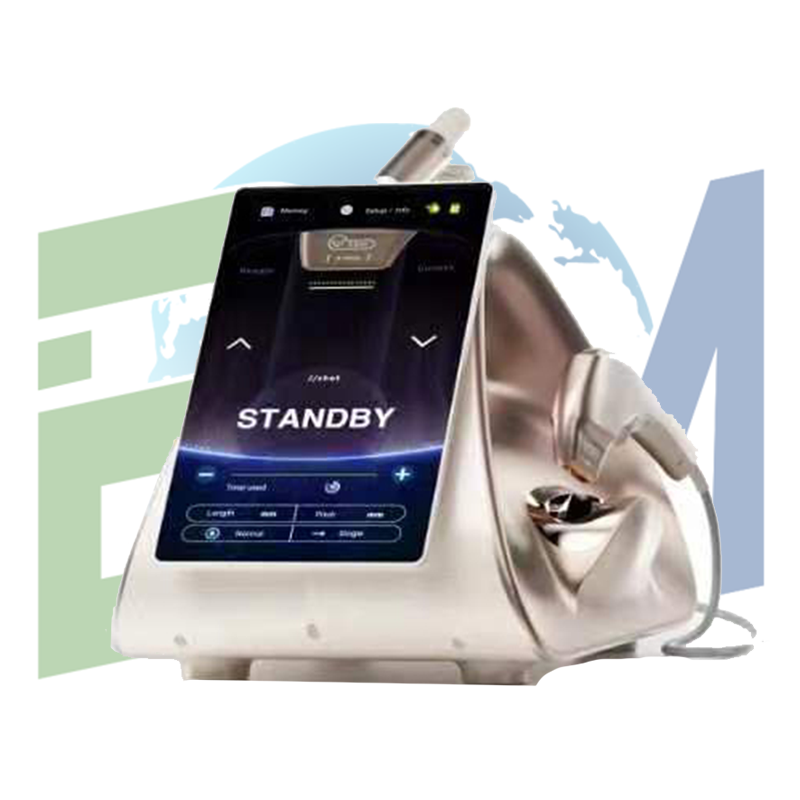

IV. Future Development Trends and Outlook
- Technological Innovation and Equipment Upgrades
In the future, HIFU machines will continue to innovate and upgrade. Developing more efficient and precise energy transmission and control systems will enhance efficacy and reduce costs, making HIFU more accessible.
For example, manufacturers are creating devices with multi-depth treatment options and adjustable energy levels for personalized care. Additionally, integrating AI and big data with HIFU technology will enable intelligent skin analysis and customized treatment plans, improving targeting and results.
- Market Expansion and Broadened Applications
With growing beauty demands and HIFU technology awareness, the HIFU machine market is poised for further expansion. Beyond current facial and body aesthetics applications, HIFU will explore emerging areas like postpartum recovery and intimate tightening.
Market growth in the Asia-Pacific and Latin America regions will also drive global expansion, offering substantial potential for the HIFU beauty market.
- Industry Standardization and Talent Development
To ensure sustainable development, the HIFU beauty industry will focus on standardization and Talent cultivation. Regulatory authorities will enforce stricter device quality and market access controls, ensuring consumer safety. The industry will also invest in specialized HIFU talent development through systematic training and certification, enhancing service quality and market competitiveness.
In conclusion, as a significant technological innovation in the beauty industry, HIFU machines, with their non-invasive, safe, effective, and long-lasting advantages, have become crucial in beauty and profoundly impacted its development. Despite current challenges, with technological progress, market expansion, and industry standardization, HIFU machines will have a broader application prospect in the beauty industry, offering safe and effective beauty experiences to more consumers, and propelling the global beauty industry to new heights.



